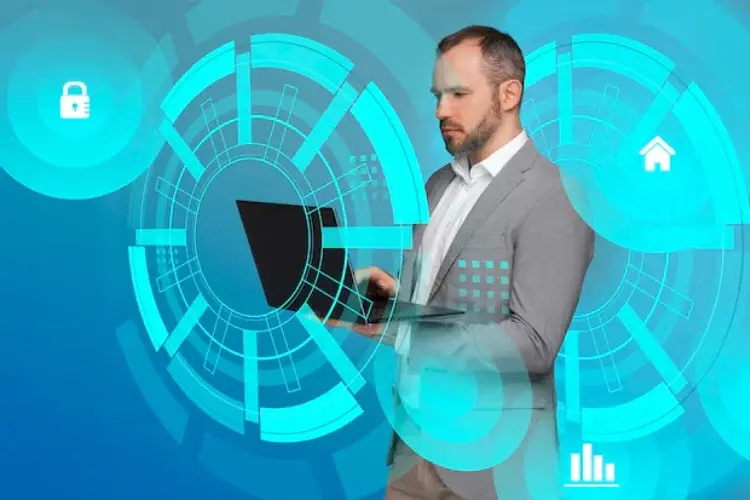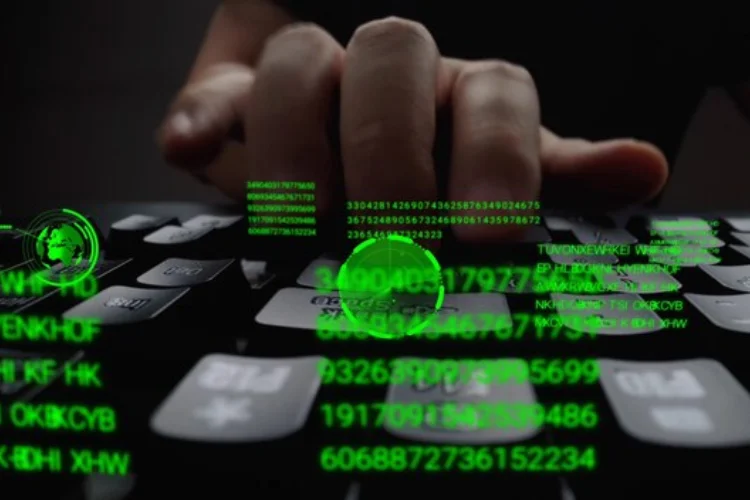What Is Patch Management?
Keeping your IT infrastructure intact, secure, efficient, and up-to-date is a persistent challenge. Modern organizations prefer to invest in the patch management process to manage vulnerabilities and fulfil compliance requirements. It is a vital practice in maintaining system integrity.

This procedure ensures balancing cybersecurity with operational business needs. In the tech world, it is crucial to tame hackers for uninterrupted workflows. Patch management aims to reduce operational downtime by smoothly streamlining patch deployment. This topic allows you to explore all the pools and ponds of patch management. Let’s buckle up to get valuable insights.
Know What is Patching
Table of Contents
In practice, patching is about applying software and application updates. It also includes drivers and firmware updates to protect against potential vulnerabilities. It optimizes the performance index of hardware and software. Whether it is a staff laptop or any other device, such as digital signage or kiosk, the security of all the systems is fundamental. A patch can be an OS update to fix a bug, a new feature for performance elevation, or a security improvement update. Patching plays a unique role in identifying system vulnerabilities
Why the Patch Management Process is Important
Patch management builds a centralized process for the smooth implementation of new patches to all IoTs. These patches promise security updates for your systems, enhance performance, and boost the productivity level. There are several reasons to follow patch management. Let’s explore them.
Meet Compliance Standards
Certain compliance regulations in the form of GDPR, HIPAA, and PCI-DSS lie at the heart of effective cybersecurity. Patch management policy and patch compliance audits enable IT organizations to keep their systems compliant with the necessary mandates. Businesses need to follow local and federal regulations for data integrity.
Cost Management
The cost of cyberattacks, including revenue losses and recovery resources is uncertain. The patch management process ensures the minimum cost of device lifecycle repair and management. Businesses need to connect to a highly dispersed workforce from anywhere, and remote patch management tools further extend the abilities of IT infrastructure.
Security and Features Updates
Hackers persistently target unpatched IT assets knowing they are more prone to security breaches. Delays or any other failure to apply security updates can throw a company into a great pitfall. The WannaCry ransomware 2017 incident exposed the vulnerability of Microsoft Windows. Effective patching ensures network security and seamless new feature updates to devices and apps.
Effective Error Fixing
Whether you are operating a local business or handling operations from a long distance, secure patch management through remote IT support effectively fixes minor to major bugs. Typically, minor issues in hardware or software do not pose a security risk but can affect device performance. Therefore, patching provides quick fixes for these issues.
System Uptime and Stability
Patch management is imperative to guarantee updated software and applications. It helps the applications run hitch-free, also supporting system uptime. Unpatched software may experience more crashes and performance glitches. This situation is like a goldmine for hackers. Don’t let them exploit the vulnerabilities. Adding more, applying patches promises reduced unexpected downtime that can severely disturb critical operations.
What is the Patch Management Life Cycle?
Patch management is a lifesaver for organizations, with many companies treating patching as a recurring lifecycle process. This perception is due to the one after the other release of new patches by vendors. Furthermore, an organization’s patching preferences may also vary with the IT environment. The best patch to mitigate ransomware threats or other cyber attacks requires you to stick to the script. Follow the stages of the patch management lifecycle below.Asset Management
To maintain the IT resources, IT and security lineup build inventories of all the network assets, including operating systems, third-party apps, mobile devices, and remote and on-premises device endpoints. Asset standardization spells network and device security, also preventing employees from using insecure, outdated or incompatible devices and apps. It simplifies the patching process by segregating which software and hardware versions staff can use.Critical Patch Monitoring
Once the IT and security teams validate the completion of asset inventory, they can look for the latest and reliable patches. This step spells the integrity of security patches, tracking the patch status, and spotting the assets that are missing required patches. The regular screening of IT assets prevents them from instability.Active Patch Prioritization
Some patches are extraordinary for their high performance and security features. According to a Gartner research, 19,093 security gaps were registered in 2021, but hackers could abuse only 1,554 of these. If any issue or malware attacks happen, the cybersecurity and IT teams best leverage the resources like threat intelligence feeds to spot the most needed security gaps in the systems. The process may need patch rollback first to address the security glitches and go for the latest patch for better results.Patch Testing
Before patches are finally deployed to live setups, testing is a mandatory step to perform in a controlled environment. Sometimes new patches can cause severe problems, break integrations, or fail to cope with the vulnerabilities. Rare cases speak volumes of hacking attempts where cybercriminals even hijack patches. Beforehand testing of patches and even hotfixes can secure the systems from zero-day vulnerabilities and other post-deployment pitfalls.Deploy Patch
This step refers to both the time and procedure for the necessary patches deployment. Patching windows allows a few or zero working employees at the time of deployment. Secondly, vendor patch releases may also impact patch scheduling. For instance, Microsoft often releases patches on Tuesdays. It is also named ‘’patch Tuesday. Patch deployment ensures a seamless workflow by introducing plans to monitor assets afterwards. It helps to process a change management approach to keep the uninvited problems at bay.Patch Documentation
For better patch compliance, documentation of the patching process is mandatory. It includes the submission of all the test results, deployment results, and any kind of other assets that still require patching. This documentation is handy to keep the asset inventory up to date and ensure a transparent audit of systems.Comparing Patch Management and Vulnerability Management
A spongy overview captures patch management as an integral part of the vulnerability management process. Following a patch management approach doesn’t mean fixing everything in sight. Once you have identified the vulnerability, you find the following three options.
- Patch installation to fix the problem.
- Compensating controls implementation is about mitigation of issues without being fully patched. It’s a way to buy time before proper remediation.
- Risk acceptance that is posed by the vulnerability and take no action.
Organizations are open to choosing any of these options looking into their preferences and specific situations. Both the terms ‘patch management’ and ‘vulnerability management’ are interchangeable, yet the difference exists.
- Patch management helps to update the software and devices for advanced security, whereas, for an informed, impactful, continuous and holistic approach, vulnerability management is the best solution.
- It includes identification, prioritization, remediation, and reporting on security gaps in hardware and software. A patch repository is centralized and offers timely endpoint detection and response (EDR) for trusted results.
Best Practices for Patch Management
Different software vendors and IT consultants have expertise in patch management ensuring effective outcomes. Explore some of the recommendation’s lineup below.
- Know the patching targets and their possible locations
- Frame emergency patching procedures using standardized protocols
- Lean on automated patch deployment for seamless and quick working
- Create and maintain a simulated testing plan in a realistic environment
- Deeply review the patch process and every single result
- Deploy the patches as fast as possible
- Build rollback and contingency plan
Organizations that prioritize a patch management policy end up framing a viable patch management process. They leverage cutting-edge tools that best support their efforts to extract the anticipated results. Let’s make the IT systems secure, trusted, compatible, and updated with the latest technology.
Facing IT Challenges in Chicago?
Schedule a consultation with our expert team to get the help you need!
Related Articles

Risk-free use of Artificial Intelligence in Cybersecurity

Secure Supply Chains with Disaster Recovery Solutions


